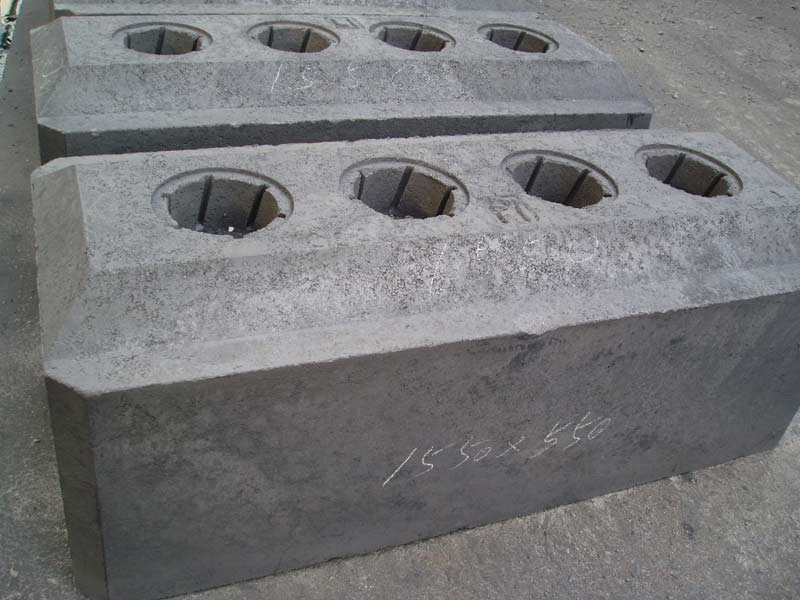Keywords: 300kA electrolysis cell, prebaked anode, service life, aluminum electrolysis, cathode wear, cell lining materials, operational management
1. Background: Evolution of Aluminum Electrolysis Technology
With the continuous pursuit of higher productivity and energy efficiency in the aluminum industry, large-scale, high-current electrolysis cells have become the mainstream. The 300kA prebaked carbon anode cell is widely adopted in modern aluminum smelters for its advantages such as low unit power consumption, low anode consumption, and extended operating cycles.
However, while increasing productivity, effective management of cell service life has become equally critical. Premature cell failure can impact output and result in costly repairs and material waste.
2. What Is Service Life of an Electrolytic Cell?
Cell service life refers to the operational duration from commissioning to shutdown due to cathode wear, leakage, or damage to the cell lining. It is typically measured in days.
The expected service life of a 300kA cell is ideally over 2000 days, with some advanced operations reaching 2500+ days.
3. Main Factors Affecting Cell Service Life
1) Quality and Design of Anodes
- Using high-density, low-resistivity prebaked carbon anodes can reduce oxidation loss and enhance current efficiency.
- The anode block size, arrangement, and replacement frequency affect internal thermal balance.
2) Cell Lining Materials and Structure
- Premium quality carbon blocks, sidewall bricks, and insulation materials help prevent aluminum penetration and bottom erosion.
- Proper lining design reduces thermal stress and improves resistance to corrosion and thermal fatigue.
3) Current Intensity and Electrolytic Regime
- High current intensity (300kA) increases magnetic and thermal gradients, accelerating cathode wear.
- Poorly managed parameters such as excessive voltage or unstable metal depth contribute to premature failure.
4) Start-up and Operation Management
- Start-up quality significantly impacts long-term service life. A smooth temperature ramp-up and proper insulation are essential.
- During normal operations, parameters such as alumina concentration, electrolyte ratio, and bath temperature must be tightly controlled.
5) Maintenance and Monitoring
- Failure to replace abnormal anodes or clean buildup can trigger frequent anode effects.
- Routine measurements, crust breaking, and dross removal help maintain optimal cell conditions.
4. How to Extend the Service Life of 300kA Electrolytic Cells
| Optimization Strategy | Expected Benefit |
|---|---|
| Use of high-quality prebaked carbon anodes | Lower consumption, higher conductivity |
| Upgrade cathode materials and lining design | Less erosion, better sealing |
| Precise control of electrolyte parameters | Improved bath stability and lifespan |
| Enhanced start-up and relining procedures | Higher success rate, fewer early shutdowns |
| Adoption of intelligent monitoring systems | Real-time alerts, predictive maintenance |
5. Conclusion: Longer Life, Greater Efficiency
For 300kA prebaked anode cells, a long operational life is key to improving productivity, reducing costs, and lowering carbon emissions. Through better anode materials, innovative lining design, precise process control, and smart operational strategies, aluminum producers can significantly extend the service life of their electrolytic cells.

